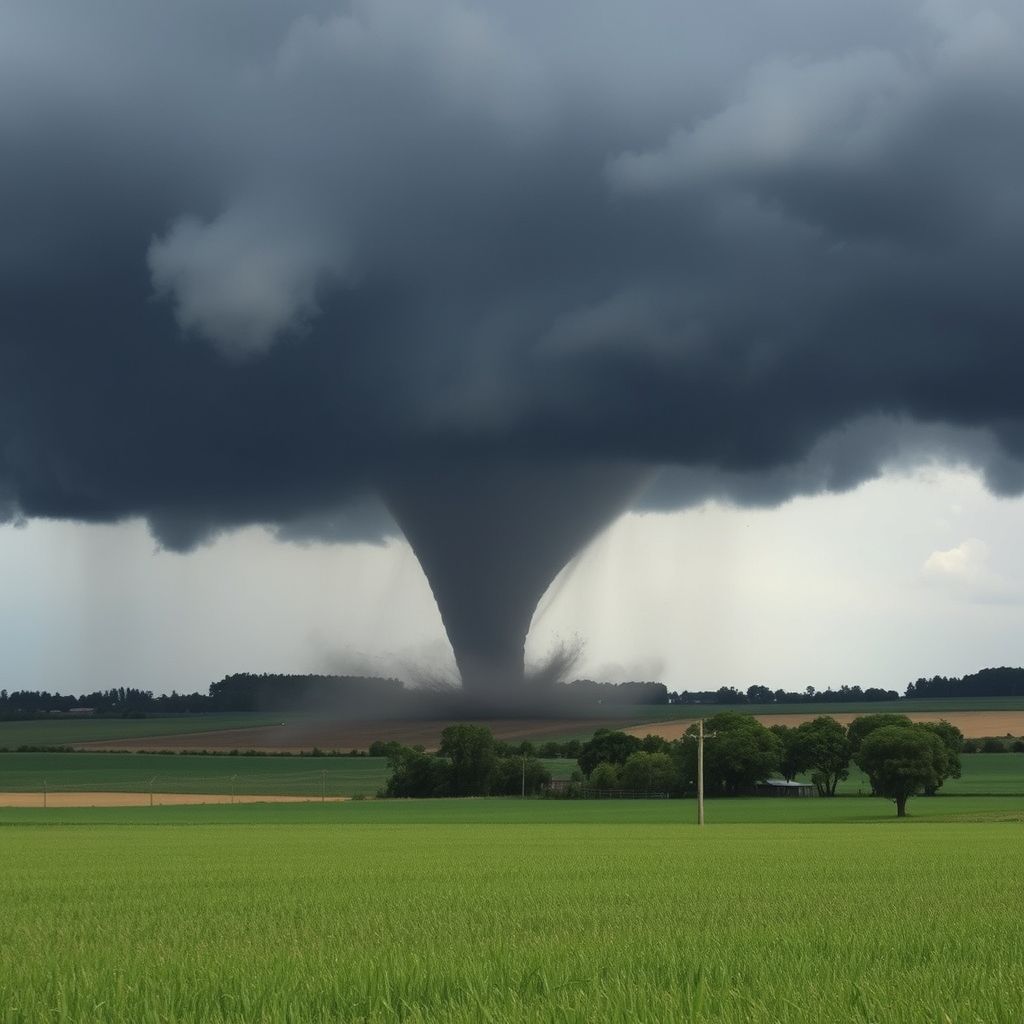Decoding Tornado Alerts: Watch, Warning, and Emergency – Your Guide to Staying Safe

Understanding the Threat: Navigating Tornado Alerts
Tornadoes are among nature’s most destructive forces, capable of causing significant damage and posing a serious threat to life. Knowing the difference between a tornado watch, a tornado warning, and a tornado emergency is crucial for staying safe during severe weather. This guide will break down each alert level, explaining what they mean and what actions you should take.
Tornado Watch: Be Prepared
A Tornado Watch is issued by the Storm Prediction Center (SPC) for a large area, typically covering multiple counties or even states. This alert signifies that conditions are favorable for tornadoes and severe thunderstorms to develop in the watch area. It’s a time for preparation and vigilance. A Tornado Watch is not a guarantee of a tornado, but it means the possibility exists.
What to do during a Tornado Watch:
- Review your family’s or household’s emergency plan.
- Identify a safe shelter location (basement, storm cellar, or an interior room on the lowest floor of a sturdy building).
- Monitor weather updates from reliable sources like the National Weather Service, local news outlets, and NOAA weather radio.
- Be prepared to take immediate action if a Tornado Warning is issued.
Tornado Warning: Take Immediate Action
A Tornado Warning is a much more serious alert. It means a tornado has been sighted by a trained spotter or indicated by weather radar. This is not the time for preparation; it is the time for immediate action to protect yourself and your loved ones. Tornado Warnings are issued by local forecast offices, focusing on a much smaller area, like a city or a single county. The National Weather Service is your best source of information during a Tornado Warning.
What to do during a Tornado Warning:
- Immediately seek shelter in your designated safe location.
- If you are outside, try to get inside a sturdy building. If no shelter is available, lie flat in a ditch or other low-lying area and cover your head and neck.
- Stay away from windows, doors, and exterior walls.
- Listen for further updates and instructions from local authorities.
Tornado Emergency: The Highest Alert Level
A Tornado Emergency is the highest level of tornado alert. It is issued when a confirmed, violent tornado is on the ground and poses an imminent threat to life. This alert demands immediate action. It is often issued when a large, devastating tornado is confirmed to be on the ground by radar and/or a spotter. The safety of those in the affected area is paramount.
What to do during a Tornado Emergency:
- Seek immediate shelter in your designated safe location.
- If in a sturdy building, get to the lowest level possible, away from windows and exterior walls.
- If you are caught outside, seek the nearest shelter or lie flat in a ditch or low-lying area, covering your head and neck.
- Stay informed about the situation and follow instructions from local authorities.
Understanding the Differences: A Summary
The key difference lies in the severity of the threat and the recommended action. A Tornado Watch is a time for preparation, a Tornado Warning demands immediate shelter, and a Tornado Emergency underscores the urgency of that shelter due to an observed violent tornado.
Keep in mind that the Storm Prediction Center, which is part of the National Weather Service, issues the Tornado Watch, while local National Weather Service forecast offices issue Tornado Warnings. Local news outlets will keep you informed on the specifics of your area.
Staying Informed: Your Role in Safety
Being prepared and staying informed is key to surviving a tornado. Regularly reviewing your emergency plan, knowing your local alert signals, and paying attention to weather updates are critical steps. Keep a NOAA weather radio handy, and monitor your local news during times of severe weather, especially in areas like the St. Louis region where severe weather is common. This information will help you stay safe and protect yourself and your loved ones.
Remember, your actions during a tornado alert can make all the difference. Take these warnings seriously. When it comes to tornadoes, it’s always better to be safe than sorry.
For further information, you can consult the following resources:
- https://www.tornadohq.com/live/
- https://www.weather.gov/safety/tornado-ww
- https://fox2now.com/news/weather/tornado-watch-issued-wednesday-for-st-louis-region/




